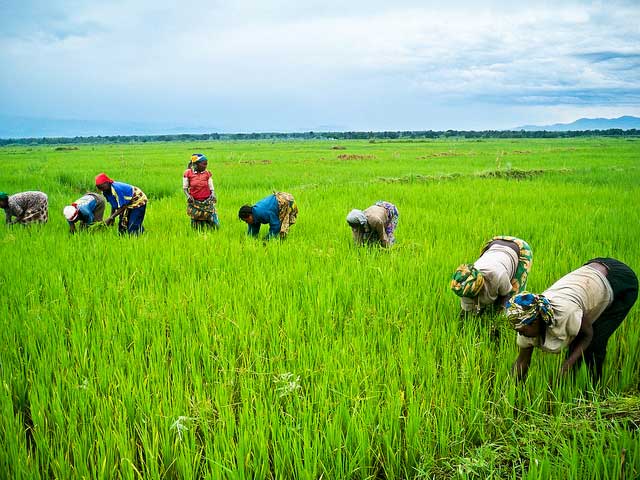How to control weeds
 Weed control is important to prevent losses in yield and production costs, and to preserve good grain quality. Specifically, weeds
Weed control is important to prevent losses in yield and production costs, and to preserve good grain quality. Specifically, weeds
- decrease yields by direct competition for sunlight, nutrients, and water
- increase production costs e.g., higher labor or input costs
- reduce grain quality and price
For example, weed seeds in grain can cause the buyer price to be reduced.
Weed management should be practiced during specific stages of rice production:
During land preparation
Control of weeds during land preparation is crucial to reduce the amount of weed pressure in the field. Land preparation should start 3−4 weeks before planting. Plowing destroys weeds and remaining stubble from the previous crop. Weeds should be allowed to grow before the next cultivation. In addition, a level field helps retain a constant water level that controls weeds.
Fact sheets: Chemical weed control | Cultural weed control














